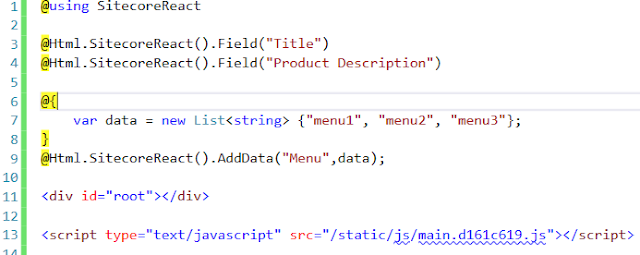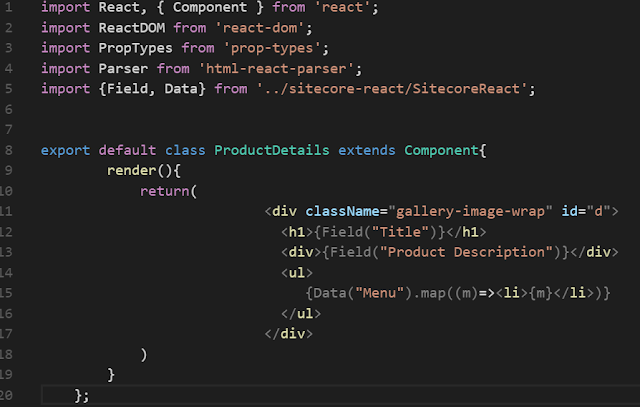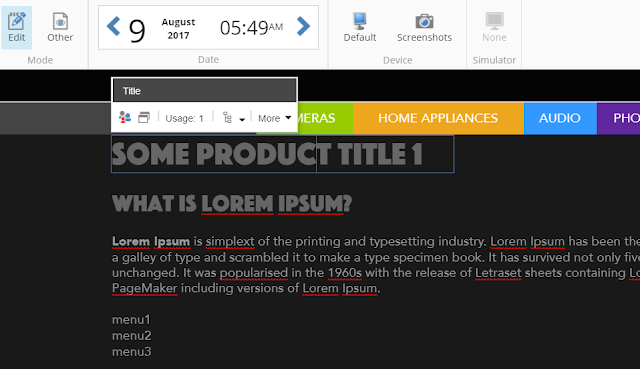However, designing a microservices architecture can be complex, and it demands a clear understanding of its principles and practices. Without proper design and implementation, you might encounter issues related to maintenance, scalability, or performance. In this article, we will explore the 10 essential principles that you should consider when building a microservices architecture:
- Decomposing Into Single Responsibilities: Each microservice should be responsible for a single functionality or business capability. This isolation of responsibilities allows for easier development, deployment, and scaling.
- Independent Deployment & Scalability: Microservices should be able to be deployed, updated, and scaled independently of one another. This provides flexibility and can lead to better resource utilization.
- API Design & Contract: The APIs for each microservice should be carefully designed, and the contract must be well-defined. This allows different services to interact with each other in a consistent and predictable manner.
- Data Isolation: Each microservice should own its data and have full control over it. Sharing databases across services can create tight coupling and lead to difficulties in scaling and maintaining the system.
- Service Discovery: With many small services, it's essential to have a mechanism for discovering and communicating with those services. Service discovery tools can automate this process.
- Monitoring & Logging: Robust monitoring and logging are critical for understanding the behavior of an application and for diagnosing problems. Centralized logging can help in correlating events across different services.
- Security & Authentication: Security measures should be implemented to restrict access to each microservice. Tokens, API keys, or OAuth are common methods to ensure secure communication between services.
- Fault Tolerance & Resilience: Implementing strategies for handling failure is crucial. This includes timeouts, retries, circuit breakers, and other mechanisms to ensure that the failure in one service does not bring down the entire system.
- Network Latency & Communication: Understanding and optimizing the communication between microservices is essential. Choosing the right communication protocol (HTTP/REST, gRPC, etc.) and managing network latency can have a significant impact on performance.
- Testing Strategies: Testing microservices can be complex due to their distributed nature. Strategies should include unit testing, integration testing, and end-to-end testing to ensure that the services are performing as expected both individually and together.













